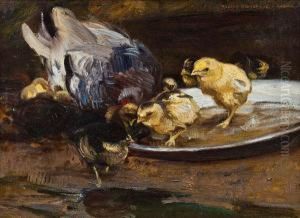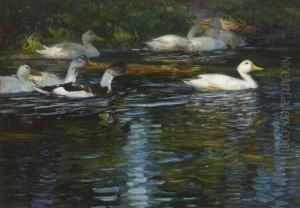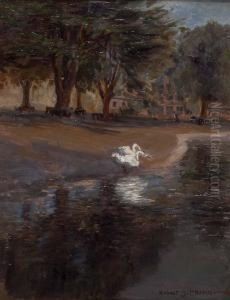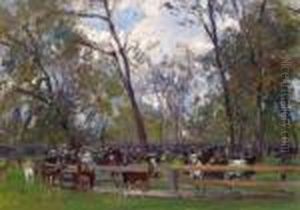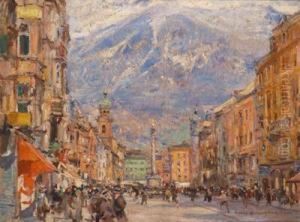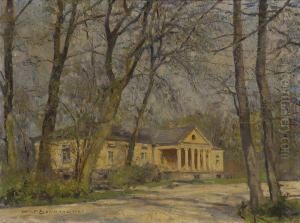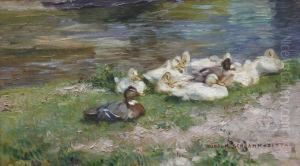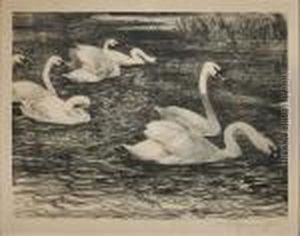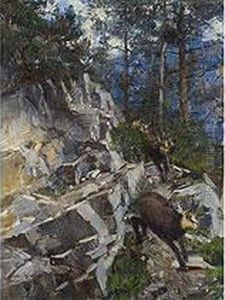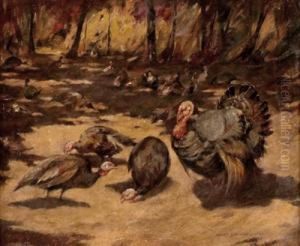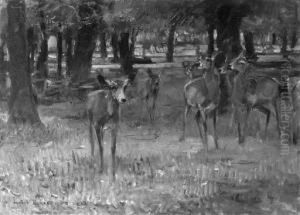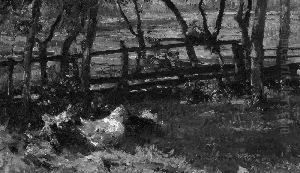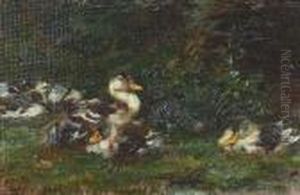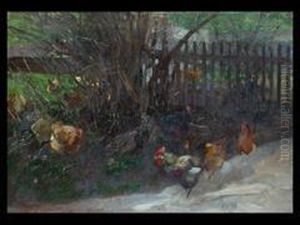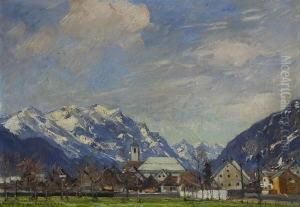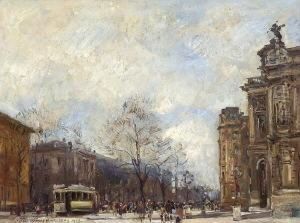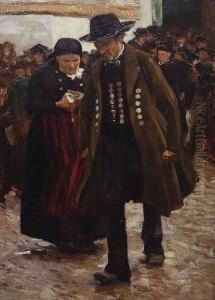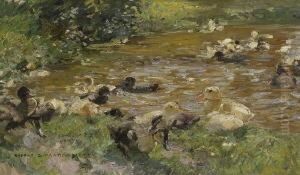Rudolf Schramm-Zittau Paintings
Rudolf Schramm-Zittau was a German painter, graphic artist, and designer known for his contributions to the Jugendstil movement, the German equivalent of Art Nouveau. Born on August 31, 1874, in Zittau, Germany, he studied at the Dresden Academy of Fine Arts where he was influenced by the works of Alphonse Mucha and other Art Nouveau artists.
Schramm-Zittau's work is characterized by its decorative style, often featuring floral and organic motifs, and a strong emphasis on line and form. He produced a variety of works including illustrations, stained glass designs, and frescoes, and was also involved in interior design and the creation of furniture. His artistic style evolved throughout his career, reflecting changes in the broader art world as well as his own personal development.
During his lifetime, Schramm-Zittau participated in numerous exhibitions and was a part of artistic communities that sought to integrate art into everyday life, a common goal of the Jugendstil movement. He also contributed to the field of arts education, teaching at various institutions and influencing the next generation of artists.
Rudolf Schramm-Zittau's career was affected by the two World Wars, which brought about significant changes in the German art scene. Despite these challenges, he continued to work and adapt to the shifting cultural landscape. He passed away on November 9, 1950, in Dresden, leaving behind a legacy that is appreciated for its elegance and contribution to the Jugendstil movement. His works remain an important part of German art history and continue to be studied and admired for their beauty and craftsmanship.


